Time Periods
Paleolithic
Mesolithic
Neolithic
Chalcolithic
Bronze Age
Iron Age
Classical Period
Post-Classical Period
Early Modern Period
Industrial Period
Contemporary Period
Time Periods
Paleolithic
Mesolithic
Neolithic
Chalcolithic
Bronze Age
Iron Age
Classical Period
Post-Classical Period
Early Modern Period
Industrial Period
Contemporary Period
Location
About
Cularo, an ancient city founded by the Allobroges, is the precursor to modern-day Grenoble. It gained prominence in the Late Classical Period when the Roman Emperor Maximian fortified it with defensive walls in 292 CE, marking its elevation to a city. These walls remain significant archaeological features today, representing its Civitas status. By 381 CE, the city was renamed Gratianopolis in honor of Emperor Gratian, reflecting its continued importance in the Roman Empire. The site also includes religious structures from the Gallo-Roman period, such as the Saint-Laurent crypt and a baptistery. These structures highlight the city's role in the early Christian era. Cularo's transformation into Gratianopolis illustrates the cultural and political shifts in Roman Gaul during this period.
Gallery
Explore photographs of ancient structures, artifacts, and archaeological excavations at Cularo
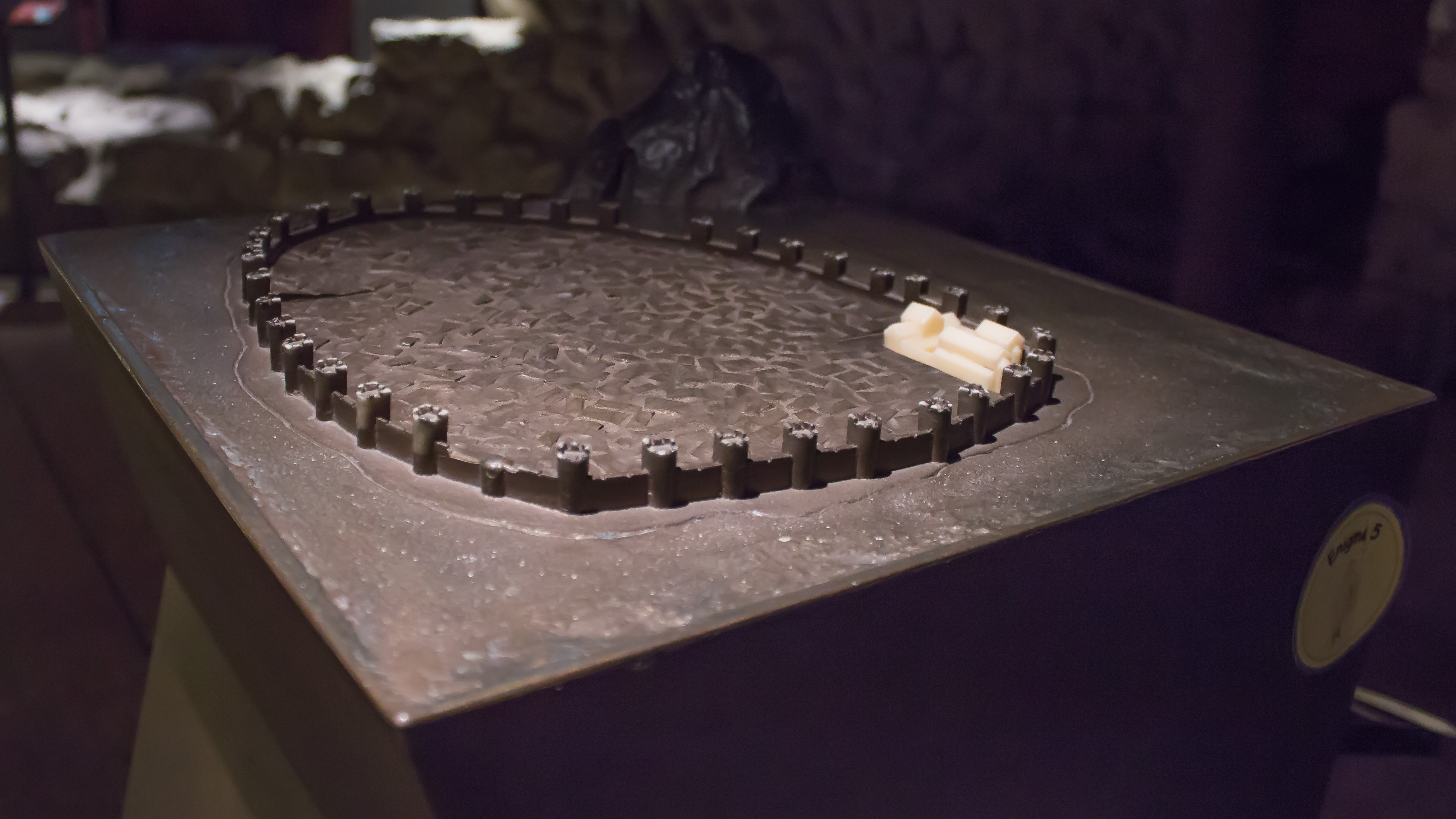
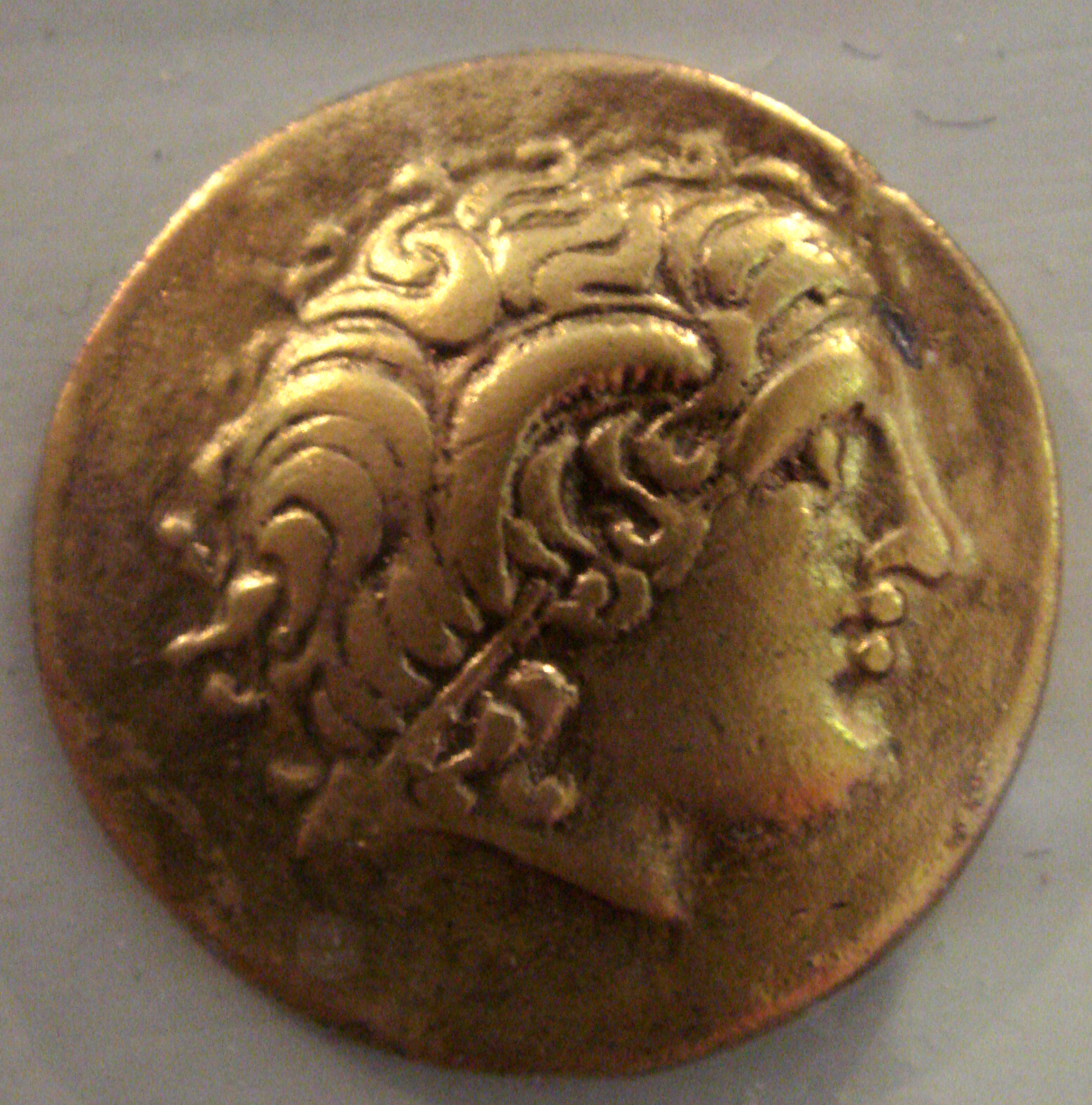

Archaeological Features
Explore the unique architectural and cultural elements found at this historical site
Defensive Structures
Religious and Ritual Structures
Domestic and Habitation Structures
Historical Timeline
Journey through time and discover key events in this site's archaeological history
Plan Your Visit
Details
- Country
- France
- Source
- Wikipedia
More Sites in France
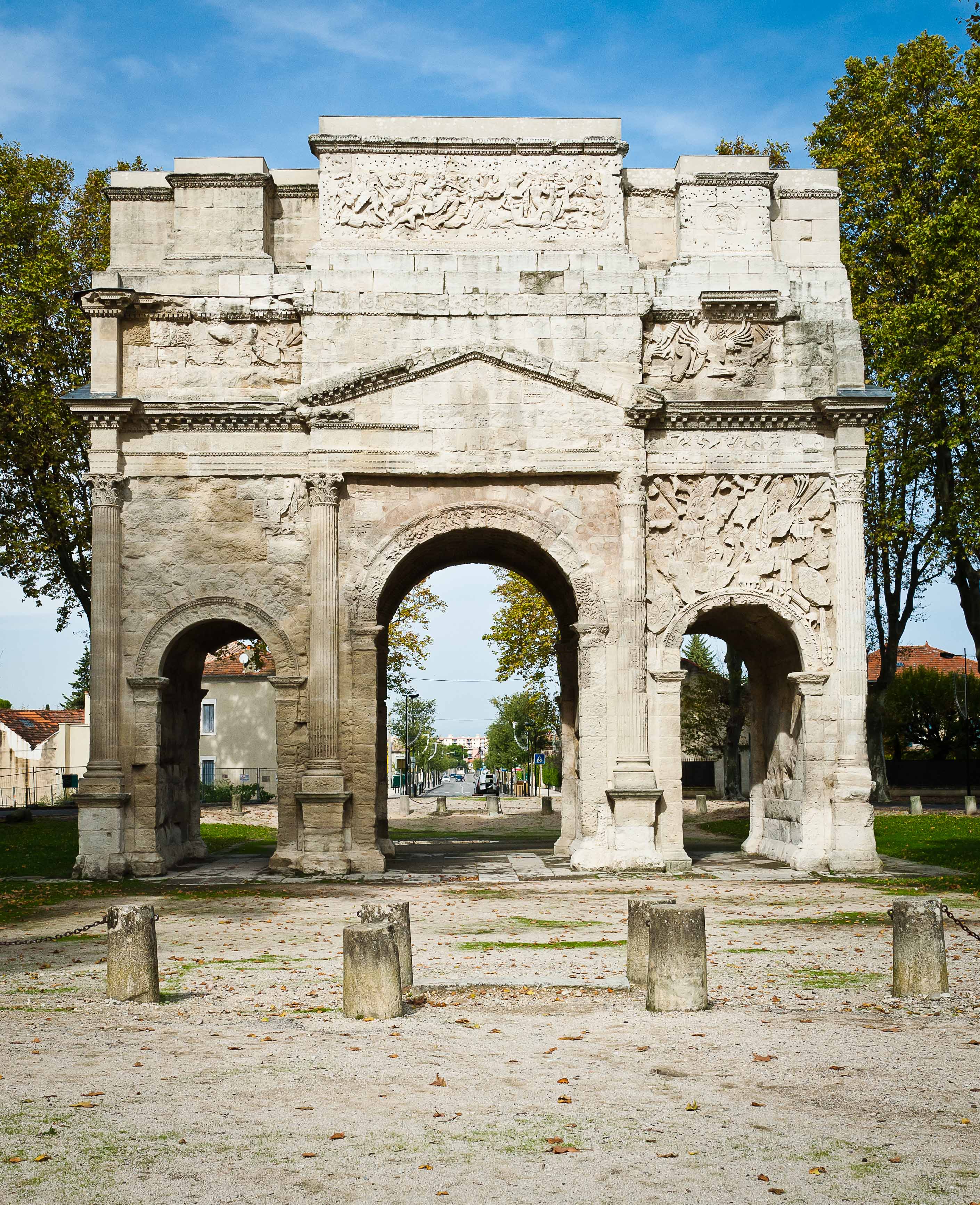
Triumphal Arch of Orange
Oldest surviving Roman triumphal arch.
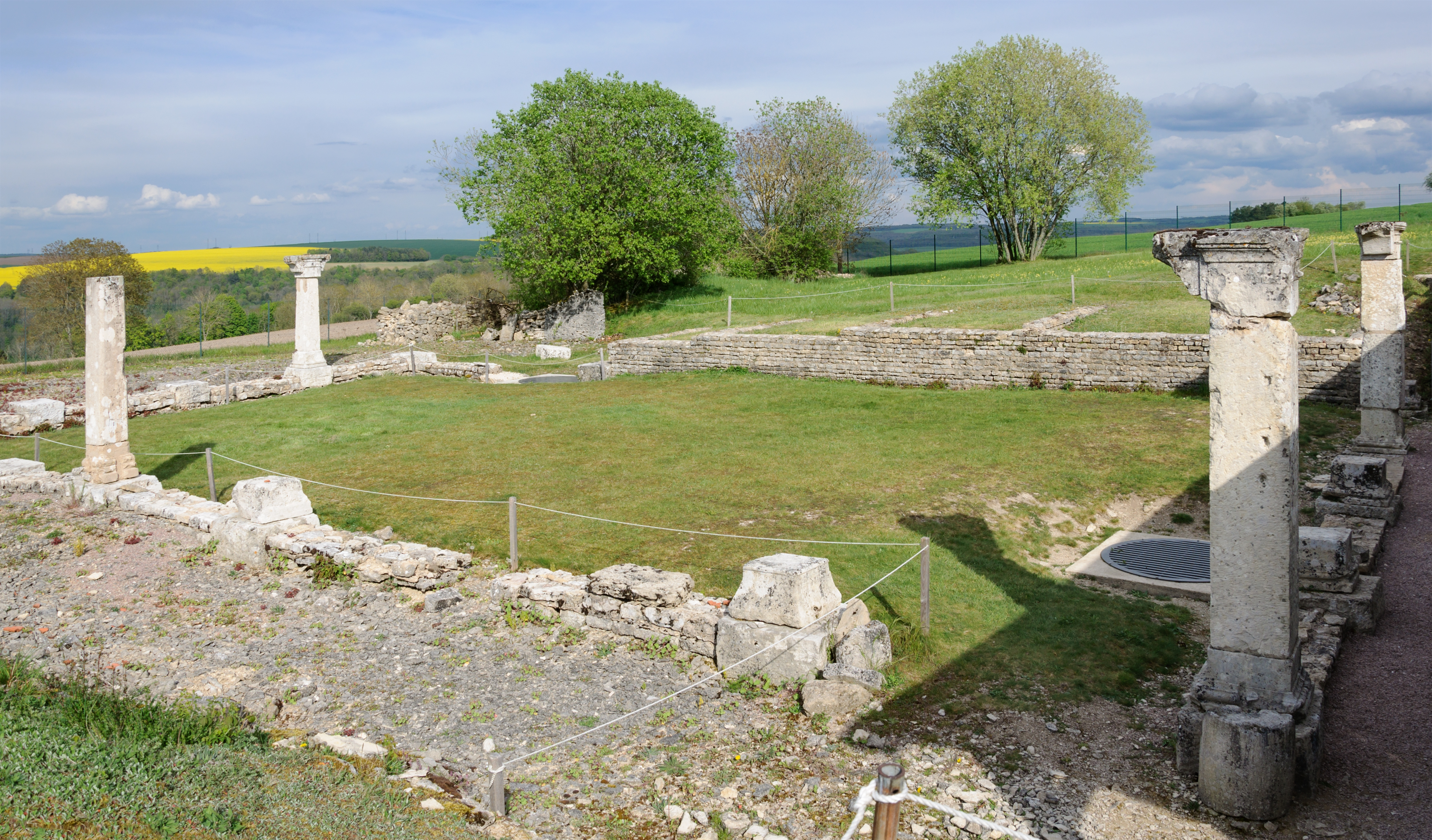
Alesia (city)
Ancient Gallic oppidum turned Roman town
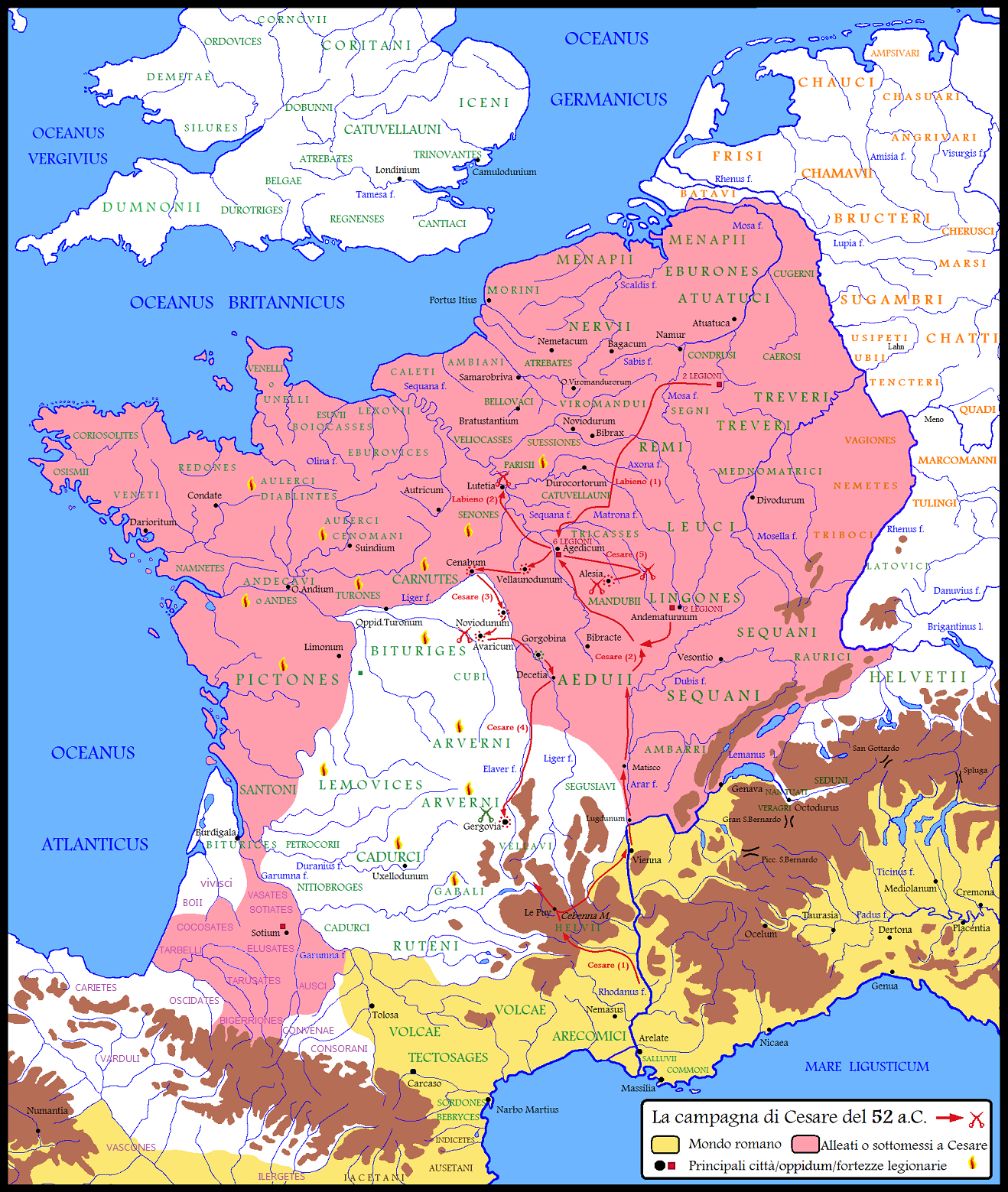
Cenabum
Ancient Gallic oppidum and commercial hub.
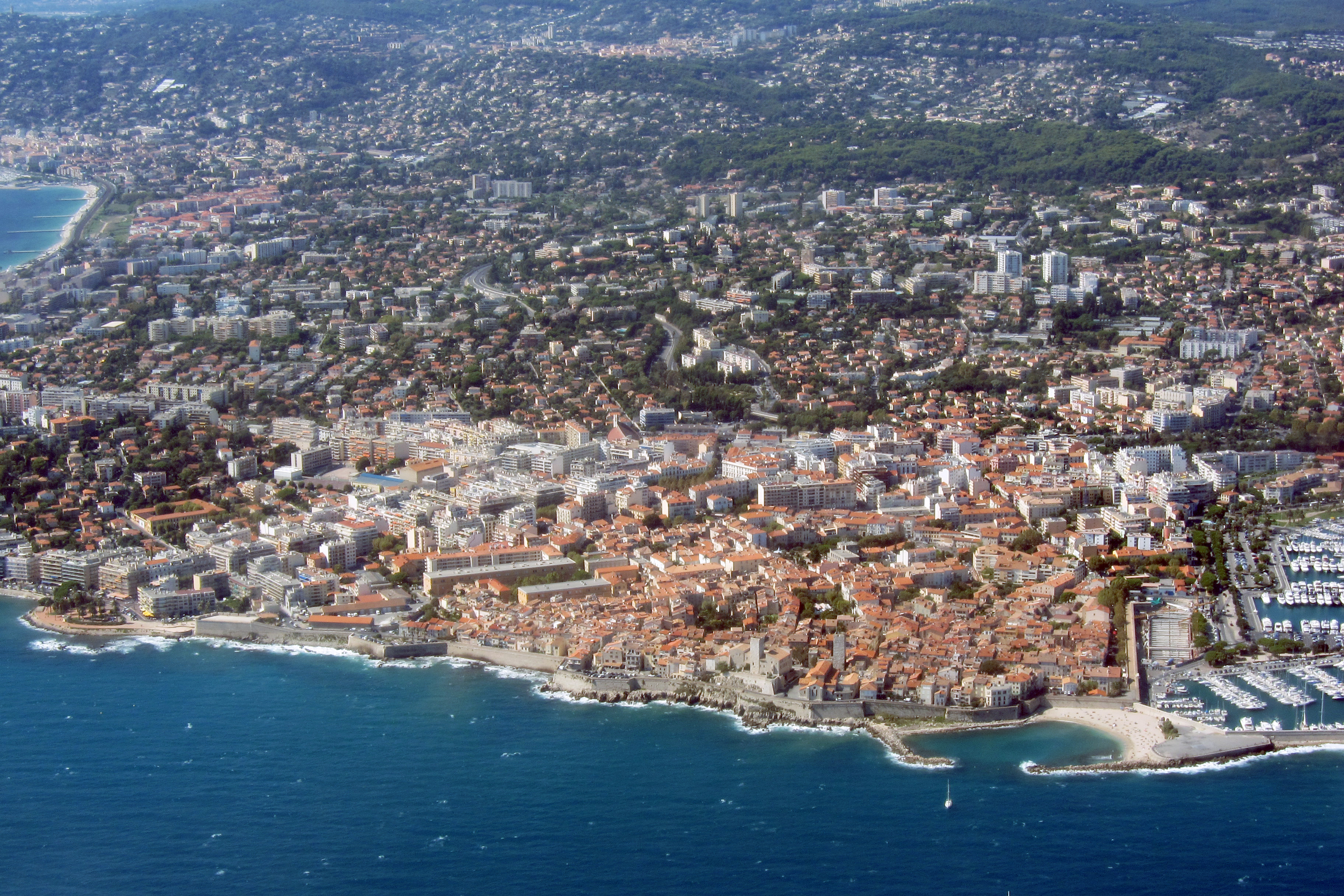
Antibes
Ancient Greek colony with medieval fortifications.
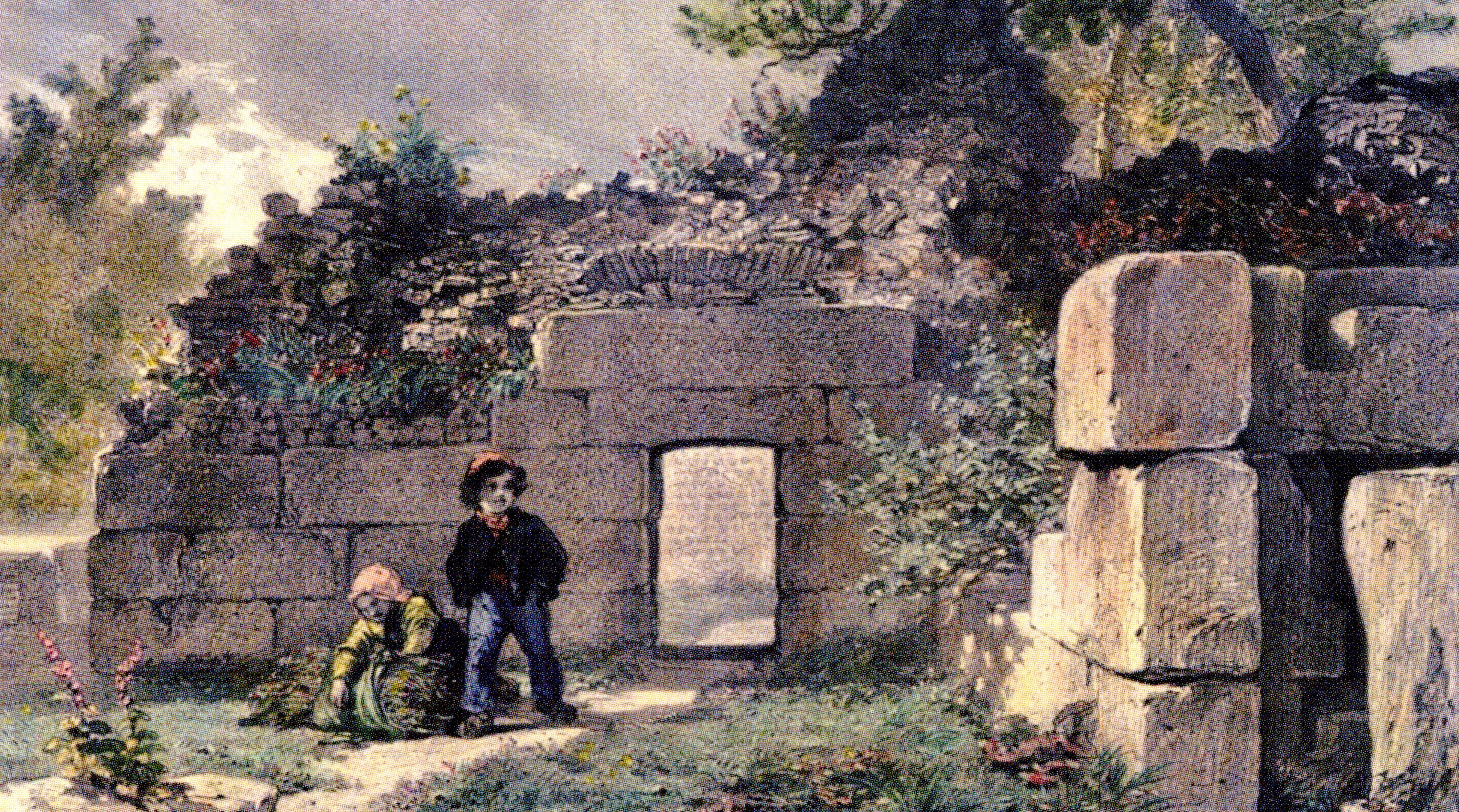
Jublains archeological site
Roman city ruins with Celtic origins
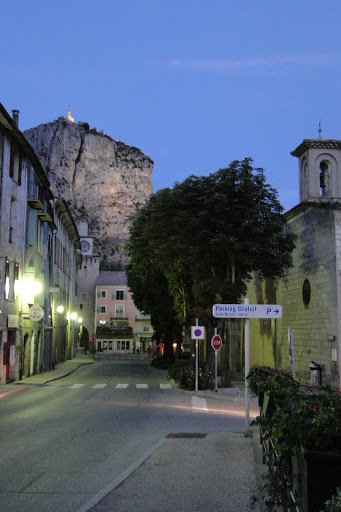
Castellane
Ancient settlement in limestone-rich area